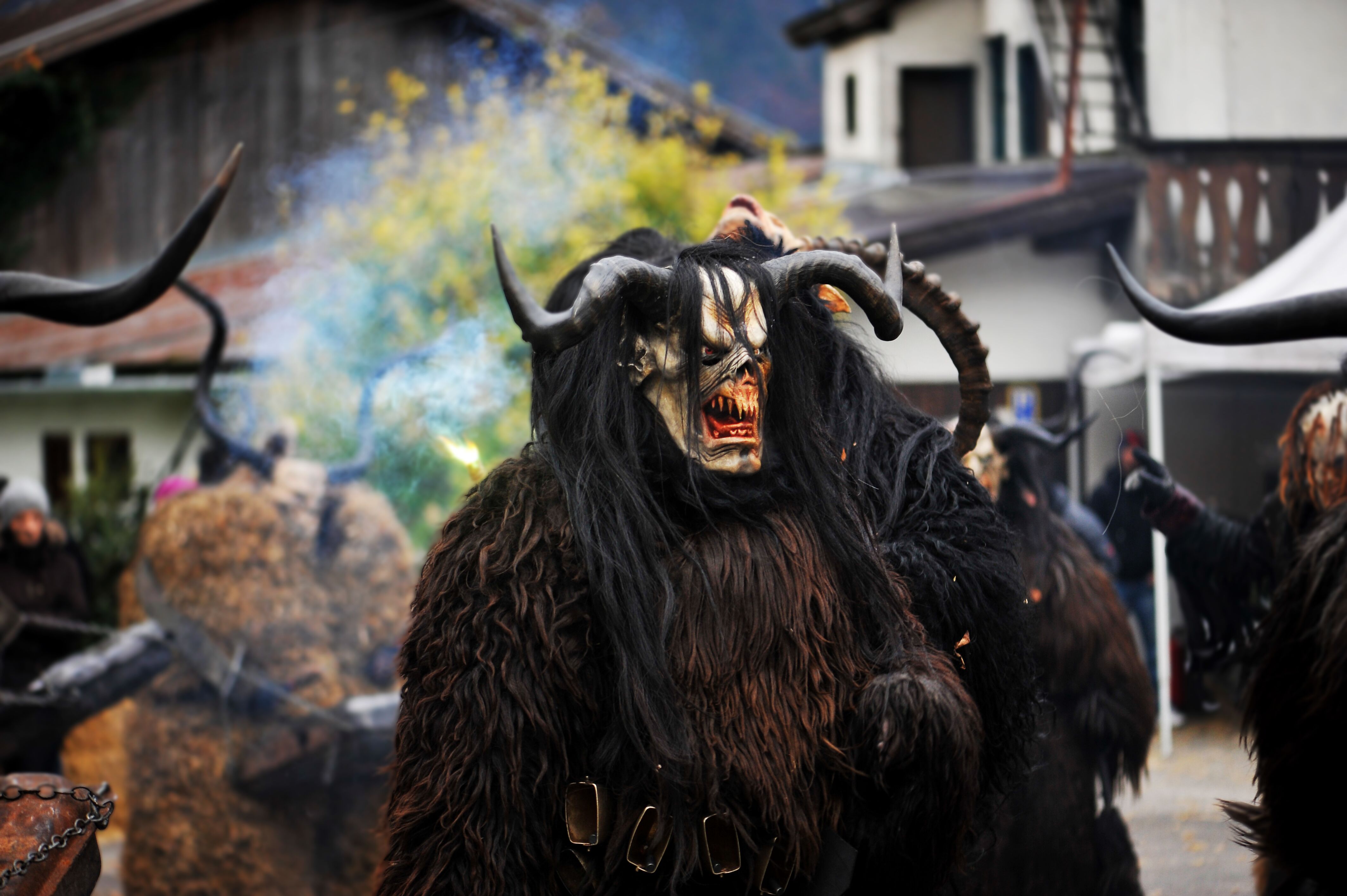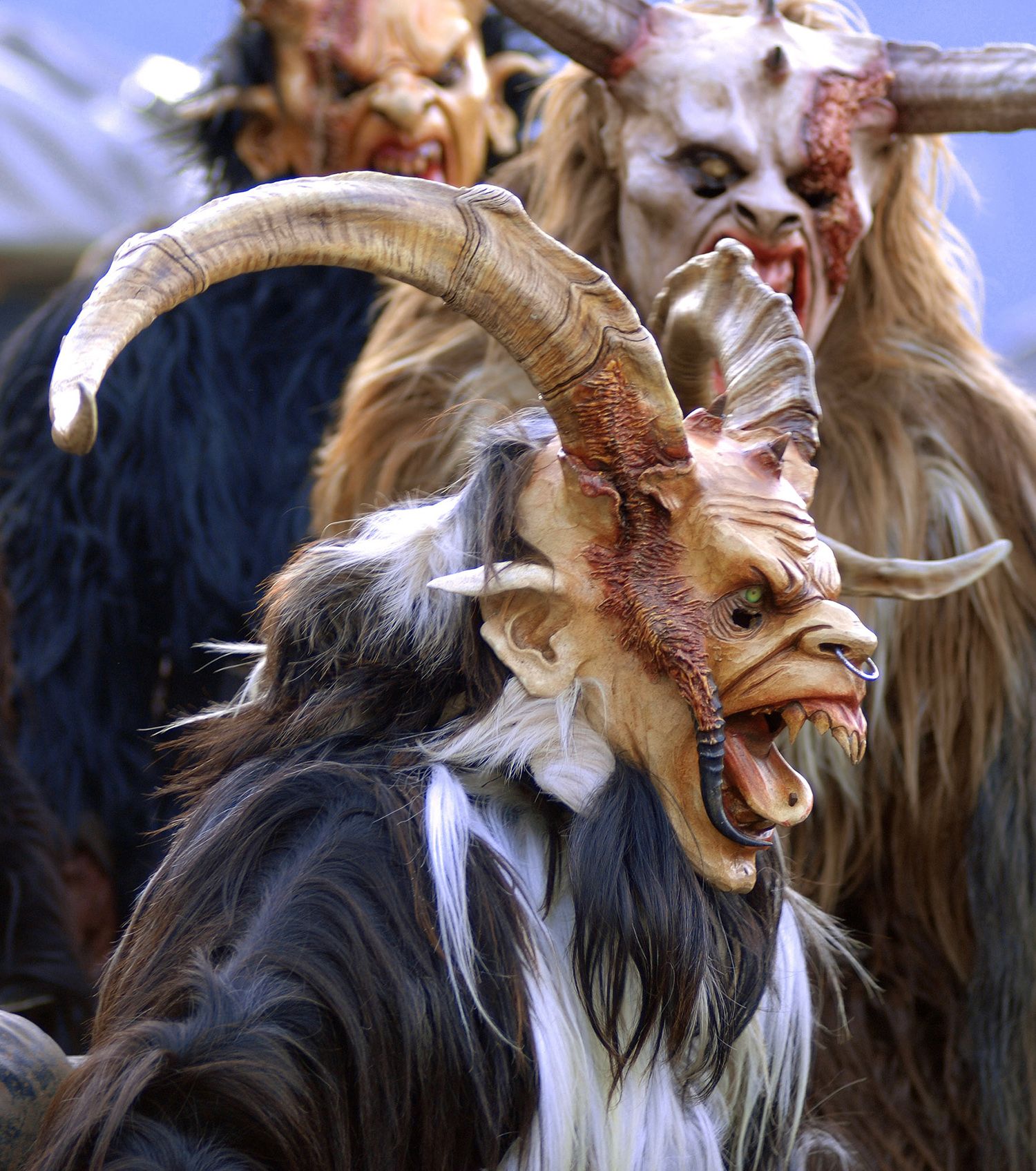Events
Krampus and Perchten runs in Tyrol
The figure of Krampus has now made it all the way to Hollywood and into various Netflix series. However, the origins of this spooky custom can be found in the Alpine region. In Tyrol in particular, the tradition of Krampus and Perchten runs is still cultivated with great passion today and the performances of the traditional groups enjoy great popularity. Only the bravest of us get to stand in the front row when the horned fellows with their shaggy robes and spooky wooden masks parade through the towns and villages, drumming and rattling their chains to drive away the evil spirits of winter and scare the onlookers.
In this overview, we have collected some of the most exciting and original Krampus and Perchten runs in Tyrol. Fear allowed!

